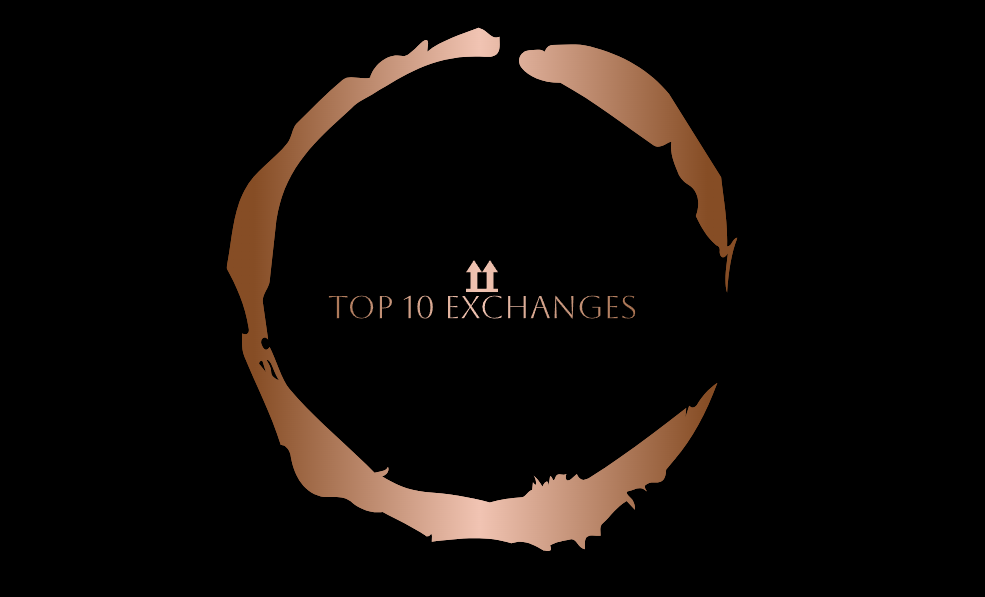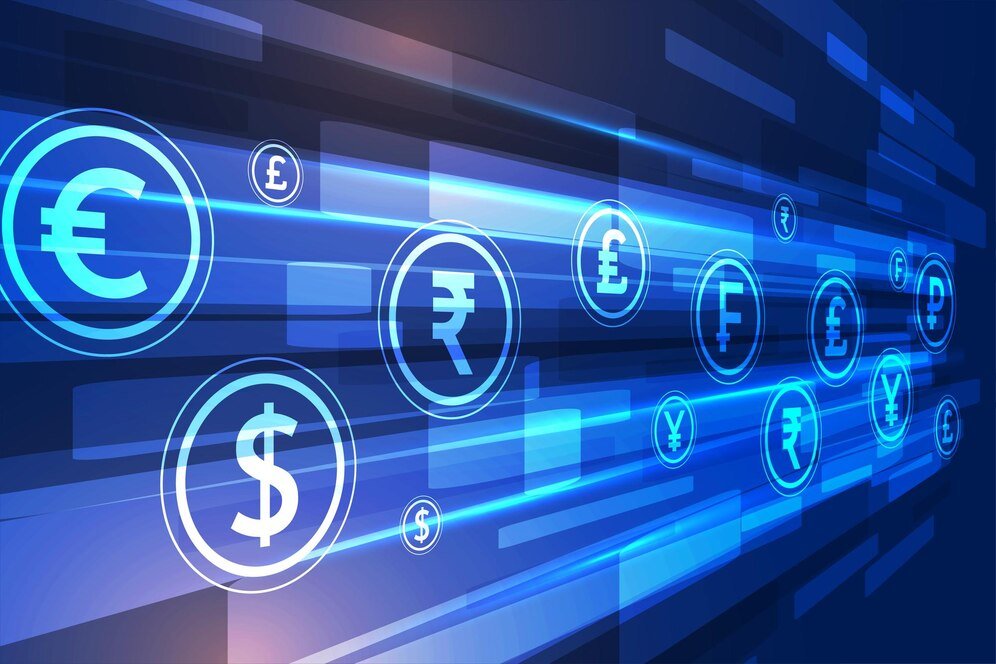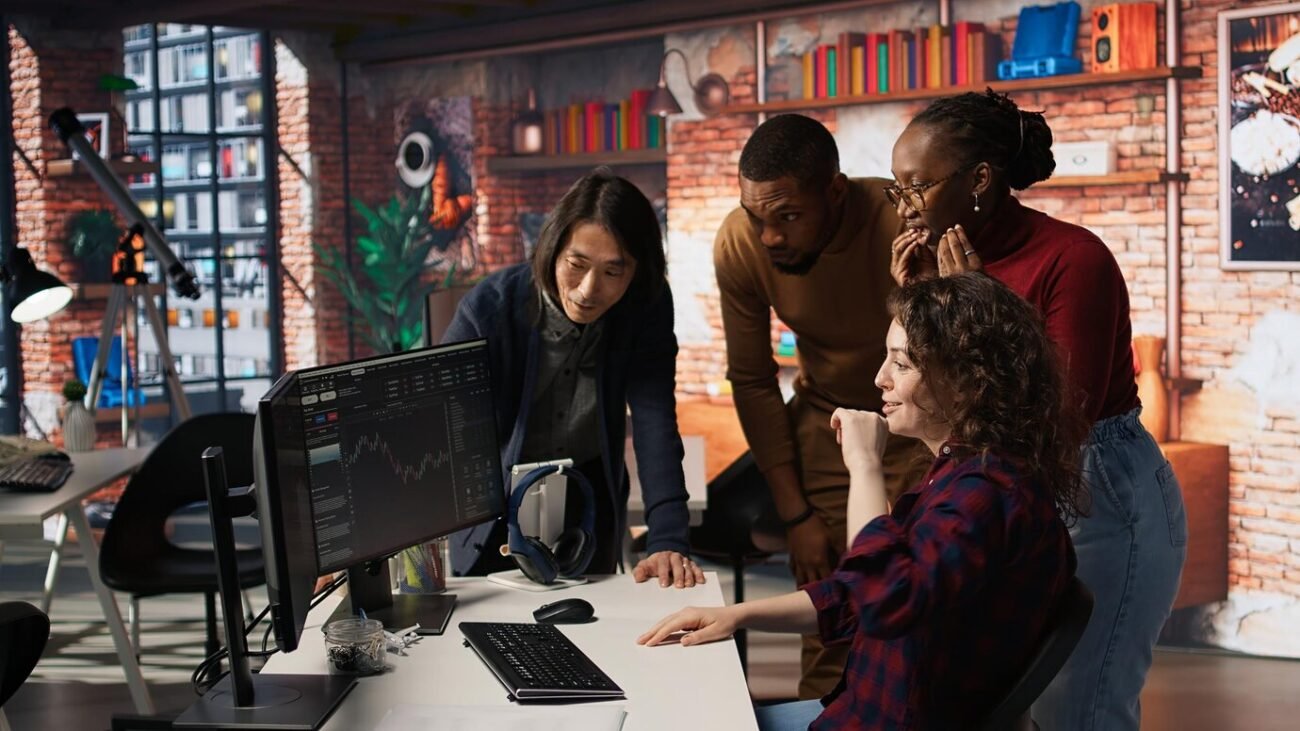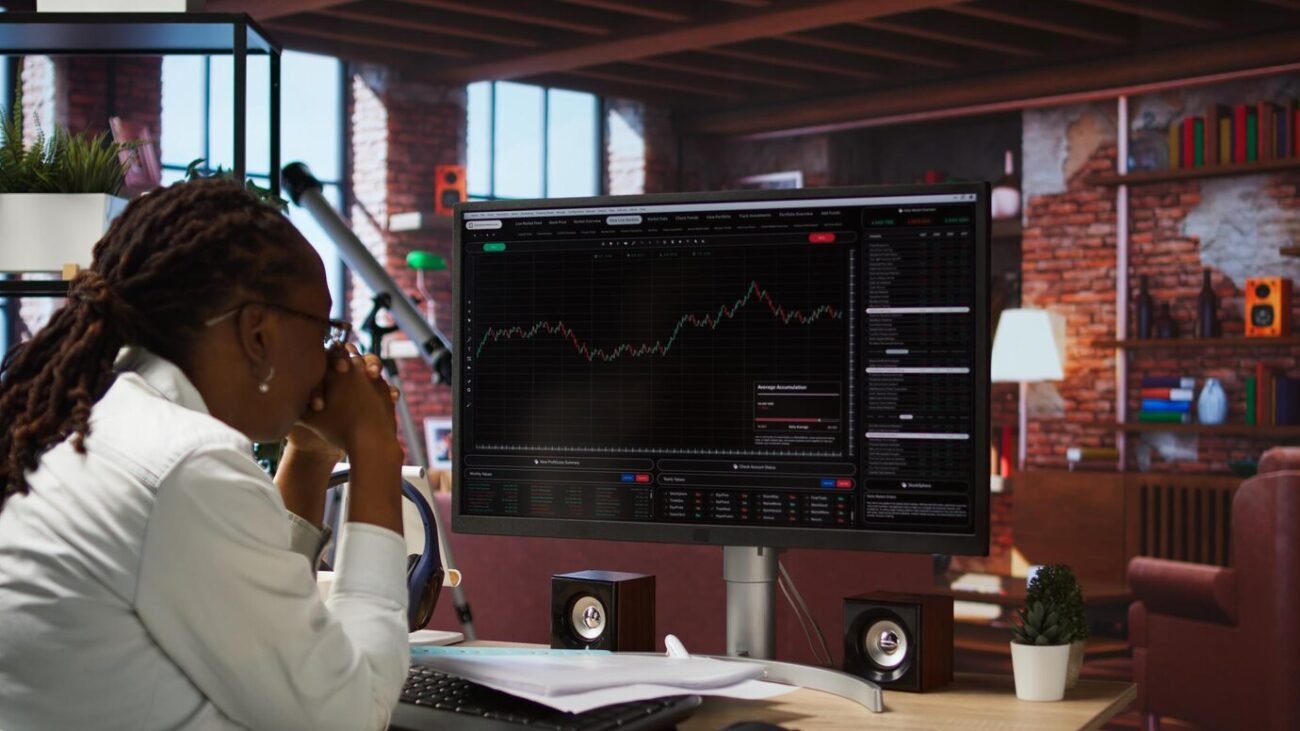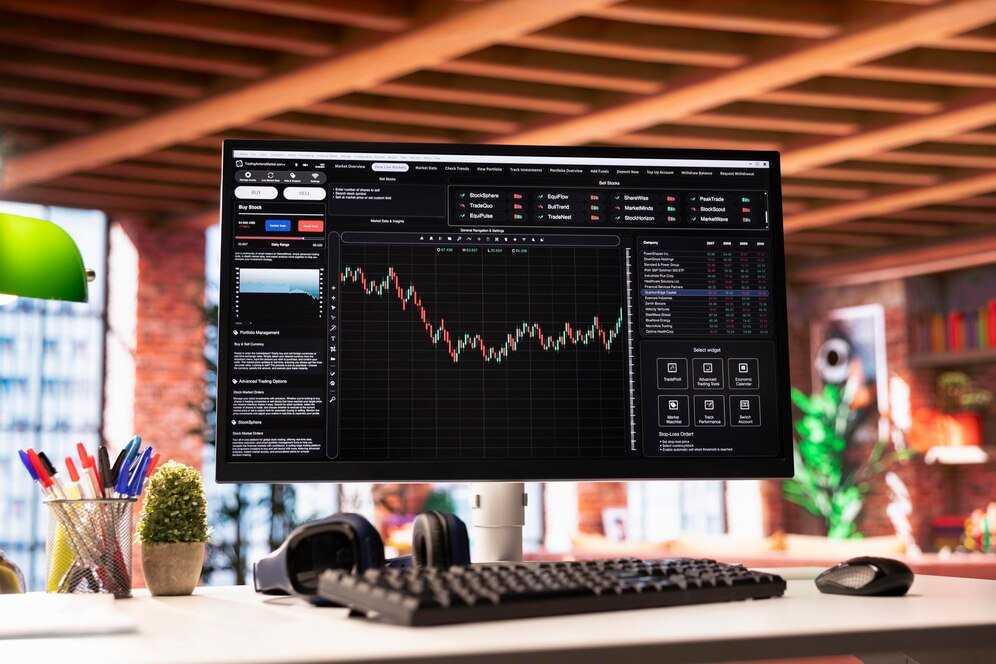The cryptocurrency market continues to evolve rapidly, with new exchanges and technologies emerging every year. While the opportunities for trading and investing in crypto are vast, the risks are equally significant. Choosing a secure cryptocurrency exchange is essential to protect your funds and personal information. This guide will help you navigate the key factors to consider when selecting a safe and reliable crypto exchange in 2024.
1. Prioritize Regulatory Compliance
A secure exchange operates within the legal framework of its jurisdiction. Look for exchanges that:
- Hold licenses: Ensure the exchange is regulated by recognized financial authorities (e.g., SEC, FCA, MAS).
- Adhere to AML/KYC standards: Compliance with Anti-Money Laundering (AML) and Know Your Customer (KYC) regulations ensures transparency and reduces fraud.
- Provide transparency: Exchanges that openly share information about their registration and operations inspire confidence.
Example: In 2024, exchanges like Kraken and Gemini continue to lead in compliance and regulatory standards.
2. Evaluate Security Features
The robustness of an exchange’s security measures directly impacts the safety of your funds. Key security features to look for include:
- Two-Factor Authentication (2FA): Adds an extra layer of protection to your account.
- Cold Storage: Ensure the majority of funds are kept offline, away from potential hackers.
- Insurance Funds: Some exchanges offer insurance to cover user funds in case of breaches.
- Withdrawal Whitelists: This feature ensures funds can only be withdrawn to pre-approved addresses.
Tip: Look for exchanges with a proven track record of mitigating security breaches, such as Binance and Coinbase.
3. Assess Reputation and Reviews
An exchange’s reputation is often a good indicator of its reliability.
- Check reviews: Read user feedback on platforms like Reddit, Trustpilot, and cryptocurrency forums.
- Investigate history: Avoid exchanges with frequent hacks or a history of poor customer service.
- Look for endorsements: Established partnerships with reputable financial institutions are a positive sign.
Warning: Be cautious of new exchanges with limited track records or those operating in unregulated regions.
4. Examine the Fee Structure
While low fees are attractive, overly cheap services can sometimes indicate corners cut on security. Compare:
- Trading fees: Taker and maker fees should be reasonable.
- Deposit/withdrawal fees: Transparent fee structures prevent unexpected costs.
- Hidden costs: Ensure there are no undisclosed charges for specific services.
Pro Tip: Platforms like KuCoin and OKX balance low fees with robust security protocols.
5. Check for High Liquidity
Liquidity ensures smooth transactions and minimizes the risk of price manipulation.
- High trading volumes: Indicate a trustworthy and active platform.
- Depth of order books: Look for exchanges with extensive buy and sell orders across pairs.
Example: High-liquidity platforms like Binance and Bitfinex offer a secure trading environment.
6. Look for Insurance and Compensation Policies
A secure exchange takes responsibility for protecting user funds.
- Insurance funds: Covers losses in case of hacking incidents.
- Compensation policies: Outlines how users are reimbursed during system failures or breaches.
- Proof of Reserves (PoR): Transparent reporting on asset holdings reassures users of fund solvency.
Case Study: After the FTX collapse, exchanges like Kraken adopted PoR audits to maintain trust.
7. User Interface and Experience
A well-designed, intuitive interface reduces errors and enhances security.
- Ease of navigation: Avoid exchanges with overly complex or cluttered platforms.
- Mobile app availability: Check for a secure and functional app for on-the-go trading.
- Customer support: Reliable exchanges offer 24/7 support through chat, email, or phone.
8. Ensure Multi-Currency Support
If you trade multiple cryptocurrencies, ensure the exchange supports them securely.
- Popular coins: Bitcoin (BTC), Ethereum (ETH), and stablecoins should be available.
- Emerging tokens: For diverse portfolios, check support for new, promising cryptocurrencies.
- Fiat on/off-ramps: The ability to deposit and withdraw fiat currency securely is a key feature.
9. Community Engagement and Transparency
A secure exchange actively engages with its user base and remains transparent about its operations.
- Open communication: Regular updates via blogs, social media, and newsletters show reliability.
- Educational resources: Guides and tutorials indicate a commitment to helping users understand trading and security best practices.
Example: Exchanges like Gemini and Coinbase offer extensive resources to educate users.
10. Choose Between Centralized and Decentralized Exchanges
Centralized Exchanges (CEXs)
- Pros: High liquidity, user-friendly interfaces, and customer support.
- Cons: More vulnerable to hacking due to centralized operations.
Decentralized Exchanges (DEXs)
- Pros: Enhanced privacy, no custodianship of funds.
- Cons: Limited trading pairs and lower liquidity.
Tip: For maximum security, use DEXs for small, private transactions and CEXs for high-volume trading with insurance protection.
11. Stay Updated on Industry News
The crypto landscape is dynamic, and exchanges’ security measures can change rapidly.
- Follow industry news: Stay informed about hacks, updates, or changes to an exchange’s security protocols.
- Regular audits: Use exchanges that frequently undergo independent security audits.
Resource: Platforms like CoinDesk and CryptoSlate provide reliable updates on exchange safety.
Conclusion
Choosing a secure cryptocurrency exchange in 2024 requires careful research and attention to detail. By prioritizing regulatory compliance, robust security features, transparency, and a proven track record, you can minimize risks and safeguard your investments. Remember, the cheapest or most convenient option may not always be the safest.
Evaluate your trading goals, preferred features, and the security measures of potential platforms before making your decision. A secure exchange is the foundation of a successful and stress-free crypto trading journey.
